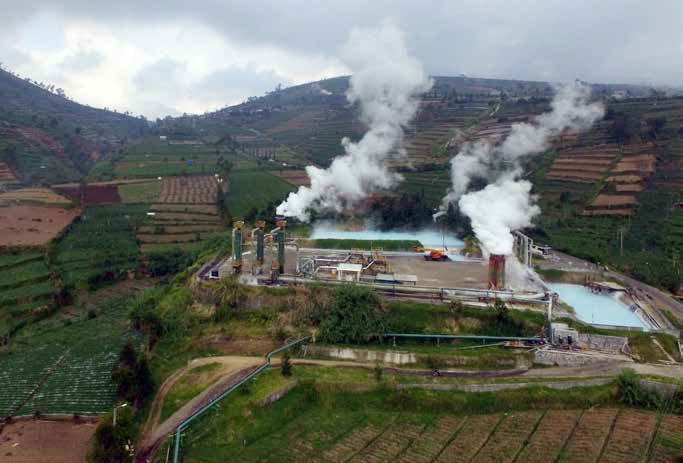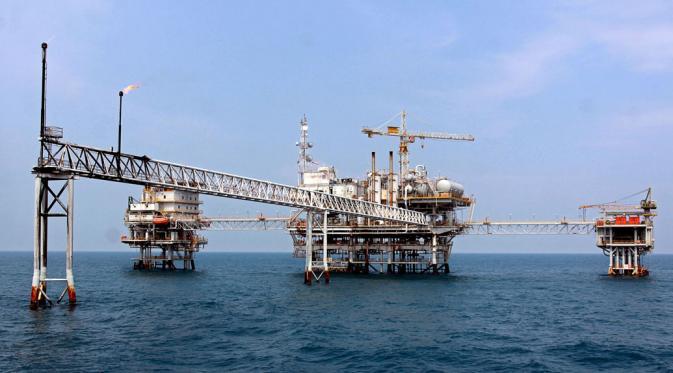Eksplorasi.id – August 11, 2016 may be the point in this oil price cycle that will mark the start of a sustained increase in crude oil prices. That’s the date that the International Energy Agency (IEA) published their forecast that demand for oil would exceed supply in the 3rd quarter.

Shortly after the IEA’s Oil Market Report came out, the Saudi Energy Minister Khalid al-Falih said the kingdom would work with other producers to stabilize the market. Tighter supply and OPEC willing to curb production growth is a recipe for higher oil prices.
When you step back and look at a longer time frame, it is clear that this oil price cycle which started in mid-2014 bottomed in February, 2016. The most recent pullback that started late in June and continued through early August was just the speculators overplaying their hand on the short side. The brief dip below $40/bbl did not get close to the double-bottom in February.
Remember what oil prices have never moved up or down for an extended period of time. There are going to be many pullbacks along the way to a more sustainable price level for oil. I believe that oil will settle in the $60-$70 range sometime in 2017.

During the first week of August, 2016, speculative NYMEX short crude oil positions reached the highest level in at least the past ten years. Since the IEA report came out on August 11th the shorts have been scrambling to cover their positions.
Speculators Set the Price of Oil: The “paper” oil barrel market is much bigger than the “physical” oil market. In fact, the average volume of West Texas Intermediate (WTI) oil contracts traded daily on NYMEX and other commodity trading floors is over 100x the physical amount of WTI and over 5x the global oil supply. Speculators can often temporarily overwhelm the longer-term supply/demand fundamentals, creating volatile short-term oil price swings. When the speculators get blindsided by a change in what is happening in the “real world”, they can get burned.

During the first week of August, 2016, speculative NYMEX short crude oil positions reached the highest level in the past ten years. Since the IEA report came out on August 11th, the shorts have been scrambling to cover their positions. They are having a hard time finding enough sellers willing to cover their positions at these low prices.
The fundamentals also are supportive of oil prices. Non-OPEC production is on steady decline. Demand growth is relentless, moving up more than a million barrels per day each year. This world will soon be consuming over 100,000,000 barrels of hydrocarbon based liquid fuels and feedstock daily. It is clear that the price of oil cannot stay under $50/Bbl much longer because producers cannot meet demand at that price.

OPEC only supplies about 40% of global oil demand. Outside of the Middle East there are only a few places where oil reserves can be developed profitably for under $50/Bbl. We are lucky to have a few of them in the United States.
How to profit from a shift in oil prices
On August 16th the chief commodity strategist at Merrill Lynch moved the energy sector from “market weight” to “overweight”, predicting the sector would outperform the S&P 500. Merrill Lynch estimates that WTI will rally to $54/bbl by the end of this year and $69/bbl by next June.
“Oil production continues to fall as global oil & gas investment has been cut by nearly $300 Billion (41%) and active rig counts have dropped by 37% since the 2014 peak. In contrast, low oil prices continue to drive healthy demand growth, putting the oil market on pace to see its biggest supply-demand deficit since 2011. Our commodities team estimates that the (supply) deficit will last through 2020. Historically, when oil has rallied over 25%, Energy has outperformed the market nearly 90% of the time, with average outperformance of 11%.” – Merrill Lynch
During the first six months of this year, the energy sector’s weighting in the S&P 500 dipped below 7%. There has never been a time when the energy sector’s weight has dropped below 7% and the sector did not outperform the market over the subsequent three years. This is not going to be the first time it happens.
Raymond James is still predicting that WTI will average $80/bbl in 2017. I am not quite that bullish, but it is clear the view from Wall Street has changed and investors will be wise to add more energy to their portfolios. The upstream oil & gas companies will get the most impact from higher oil prices. Rising natural gas and NGL prices are also increasing upstream revenues.
Oilfield services firms will need a sustained period of increasing capital expenditures by the upstream companies before they can regain the pricing power they’ve lost. I believe oil must be over $60/bbl for several months before we see a significant increase in drilling activity.
If you decide to add more exposure to oil to your portfolio, I suggest you stick with companies focused primarily on the two areas in the U.S. where profits can still be generated even if oil stays at $40/bbl. The two best oil plays in North America are thePermian Basin in West Texas and SCOOP / STACK in Central Oklahoma. I follow over fifty upstream companies and well results in these two areas are getting better each quarter.
Don’t put all your eggs in one basket and stick with companies that generated solid cash flow from operations during the first half of 2016. This is an extremely capital intensive business, so make sure they have a strong base of proven reserves, a lot of running room in inventory (development drilling locations), and the liquidity needed to fund their drilling programs. Keep in mind that good leasehold positions have little value if the companies don’t have the capital to develop them.
If Merrill Lynch is right about oil prices, “a rising tide will lift all boats”, but owning profitable companies with valuable assets in the nation’s best oil plays should give you a leg up on the market.
By Dan Steffens for Oilprice.com*

*Dan Steffens is the President of Energy Prospectus Group (EPG), a networking organization based in Houston, Texas. He is a 1976 graduate of Tulsa University with an undergraduate degree in Accounting and a Masters in Taxation.
Mr. Steffens began his career in public accounting, becoming licensed as a CPA in 1978. After four years in public accounting, he transitioned to the oil & gas industry with the bulk of his time (18 years) spent with Amerada Hess Corporation (HES). He served as the Hess United States E&P Division Controller from 1994 to 2001.
Source : Oilprice.com







